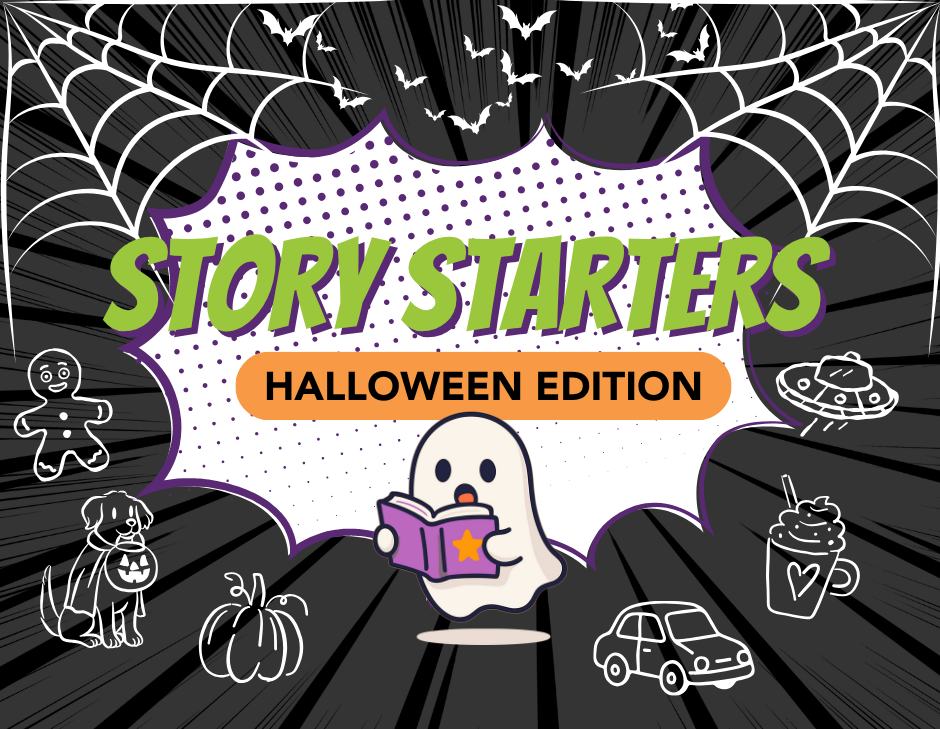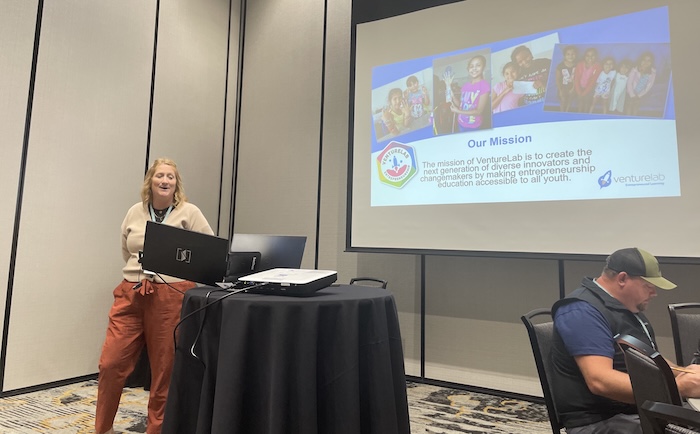
Mindset of the Month: Problem Solving
VentureLab |
May 3, 2021
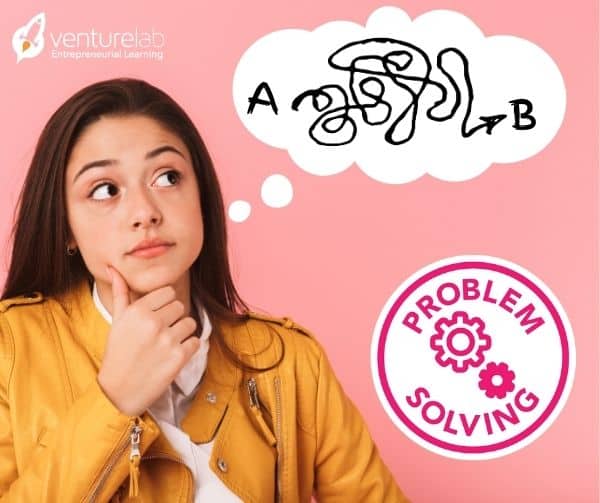
Entrepreneurs go looking for trouble, but not in the way you’re thinking. They are actively looking for opportunities to invent new ways of doing things or improve upon what already exists. This type of problem solving is PROactive.
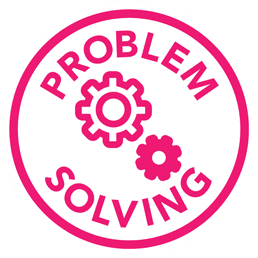
Our mindset of the month is problem solving: proactively developing creative solutions to the problems around you.
Take 6-year-old Kennedy. She couldn’t find belts she liked in her size. Rather than decide this was a problem no one could solve, she took the initiative to create a solution for herself and then make that solution available to others.
On a broader scale, the COVID-19 pandemic has provided unforeseen challenges for everyone, especially our youth. Here’s how one young entrepreneur responded to these challenges:
“As a freshman starting a new school, I was lonely. It seemed impossible to meet my new classmates online,” says 14 year old Sharis. So she created an app that facilitates student connection around their schoolwork. That’s what problem solving is all about!
Problem solving as a journey
The solutions we see from these two entrepreneurs are taken from a specific moment in their entrepreneurial journey. This path from problem to solution, not to mention the delivery and scaling, is NOT a straight line. It’s actually more like a squiggle:
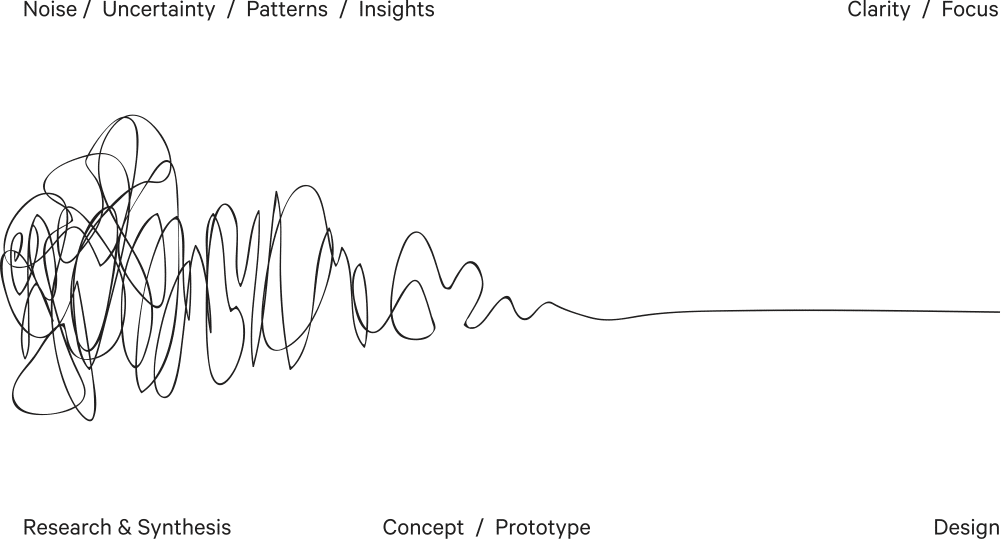
From The Design Squiggle: “The Design Squiggle is a simple illustration of the design process. The journey of researching, uncovering insights, generating creative concepts, iteration of prototypes and eventually concluding in one single designed solution. It is intended to convey the feeling of the journey. Beginning on the left with mess and uncertainty and ending on the right in a single point of focus: the design.”
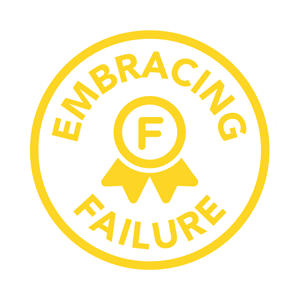 Youth, and adults too, want to be able to draw a straight line from A to B. Here is the problem (A) and this is the solution (B). The reality is that this process is more likely to be a zigzag line than a straight line. Chic Thompson of WagiLabs describes it:
Youth, and adults too, want to be able to draw a straight line from A to B. Here is the problem (A) and this is the solution (B). The reality is that this process is more likely to be a zigzag line than a straight line. Chic Thompson of WagiLabs describes it:
“Mr. Goldberg taught me one incredibly insightful strategy for life, and I think about it during these crazy days of COVID-19 when we’re all stuck at home trying to get things done. He said the average person tries to finish a task – or go from “A to B” – as fast as possible.
Today, we call that “working smart.” It’s a way to think that we are in control. Rube [Goldberg] felt differently. He said he tried to go from “A to B” using all the letters of the alphabet. Why? Because that’s where the creativity is! Even when doing simple tasks, Rube Goldberg took the time to be curious and explore the unexpected events, failures, and possible detours in everyday life.”
Support youth on their entrepreneurial journey by validating their struggles and their triumphs. Let them know that by continuing to work hard and move forward, they are already a success.
Looking for more ways to practice problem solving? Check out our free activities:

